| This recipe is adapted from 'Cooking is Cool' by Marianne Dambra. The kids love all the mashing and it's nice to enjoy a no-bake pie in the summertime! Ingredients: 3 ripe bananas 4oz cream cheese, softened 2 TBS honey (add more if you want a sweeter pie) 4 TBS butter, softened 2 TBS cocoa powder 1/2 cup shredded coconut flakes 2 cups crispy rice cereal 1 graham cracker pie crust Step 1 Mash 2 ripe bananas with a fork. Step 2 Add cream cheese, honey, and butter to smashed bananas. Continue mashing with a fork. Step 3 Stir in cocoa powder and coconut, and mix until well blended. Step 4 Mix in crispy rice cereal. Step 5 Pour mixture into pie crust. Use a rubber spatula to spread it evenly. Step 6 Slice remaining banana into circles, and place them on top of the pie. Ask a friend or big sister to help if you need it! Step 7 Chill or freeze for thirty minutes |
Drawing With Scissors
Following the children's love of cutting and pasting these past few weeks, we learned about Henri Matisse and his paper cutout style of art. We viewed several pieces of his work and explained that Matisse cut directly into the paper, using his scissors as a pencil. Matisse called this technique "drawing with scissors". The cut out shapes are called "positive shapes" and the holes left in the paper are called "negative shapes". Matisse used both in his collages.
"I Made This Leaf", "Paper On Paper", and "Snow Rainbow".
1. Drumming can help students grow academically; it can improve students' ability to concentrate and compliment their studies in math, science, lamguage arts, history, physical fitness and the arts.
2. According to scientific research, drumming and playing percussion, increases the development of various regions of the brain, including the corpus callosum, motor and auditory cortexes.
3. Playing drums and rhythms can be an optimal experience and encourages participants of all ages to achieve flow.
4. Drumming is a healing art and therefore it can give participants of any age a better sense of well being.
5. Hand drumming (and regular participation in any form of percussion playing) increases the physical stamina of students.
6. Drumming increases body awareness & kinesthetic development; drumming helps students develop graceful coordination and self-control.
7. Playing rhythms improves listening skills and increases children's ability to focus for extended periods of time.
8. In general, the increasing of rhythmic skills - and the learning of any musical instrument - increases students' confidence.
9. Playing rhythmic music helps students to take notice of the rhythms and beauty in nature and their surroundings.
10. Drumming in group formats, such as drum circles, bands and orchestras cultivates an appreciation for teamwork and cooperation.
11. Drum circles are great ethnic and cultural bridges; they harmoniously bring diverse people, instruments and musical styles together.
12. If parents play or take interest in the musical and learning process of their children, then drumming can be a means to forge meaningful bonds between parents and children.

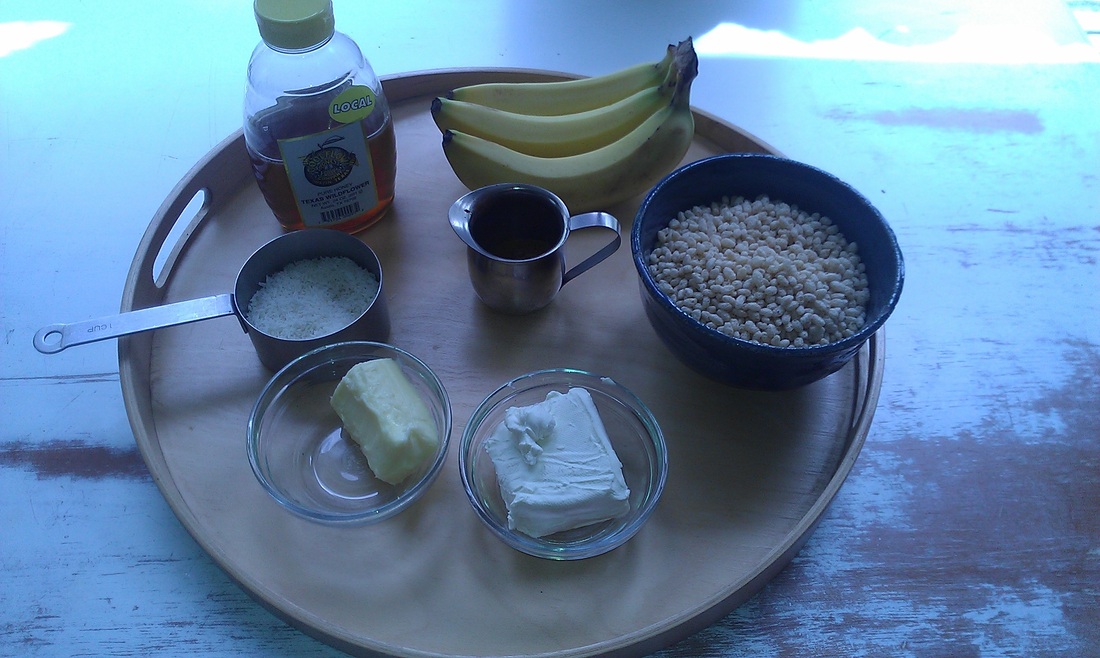

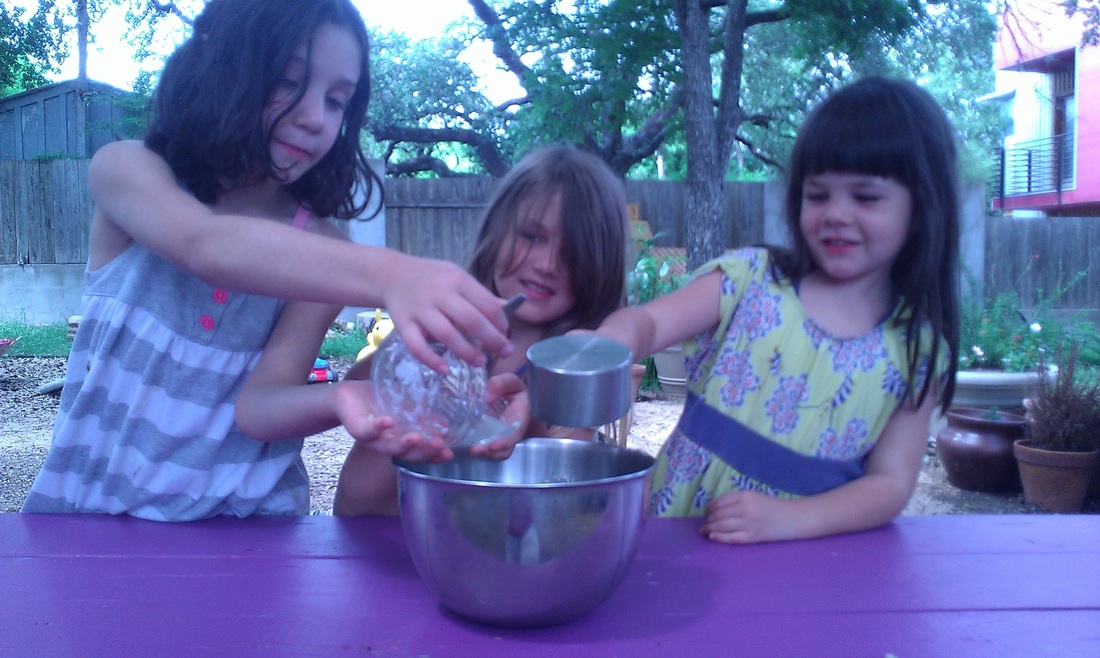
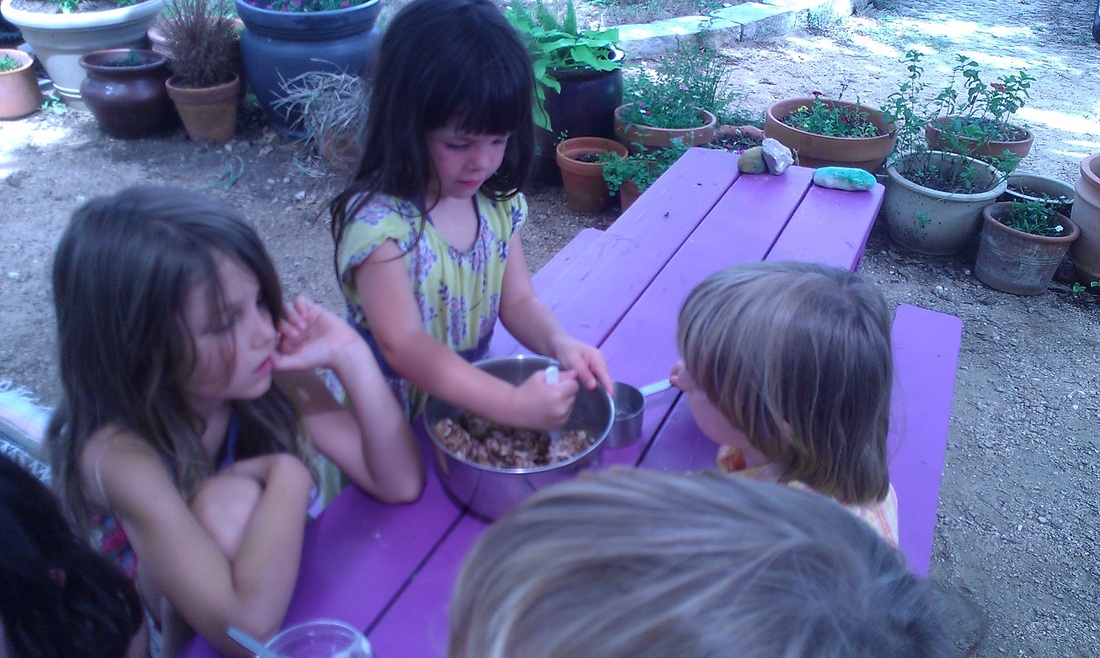
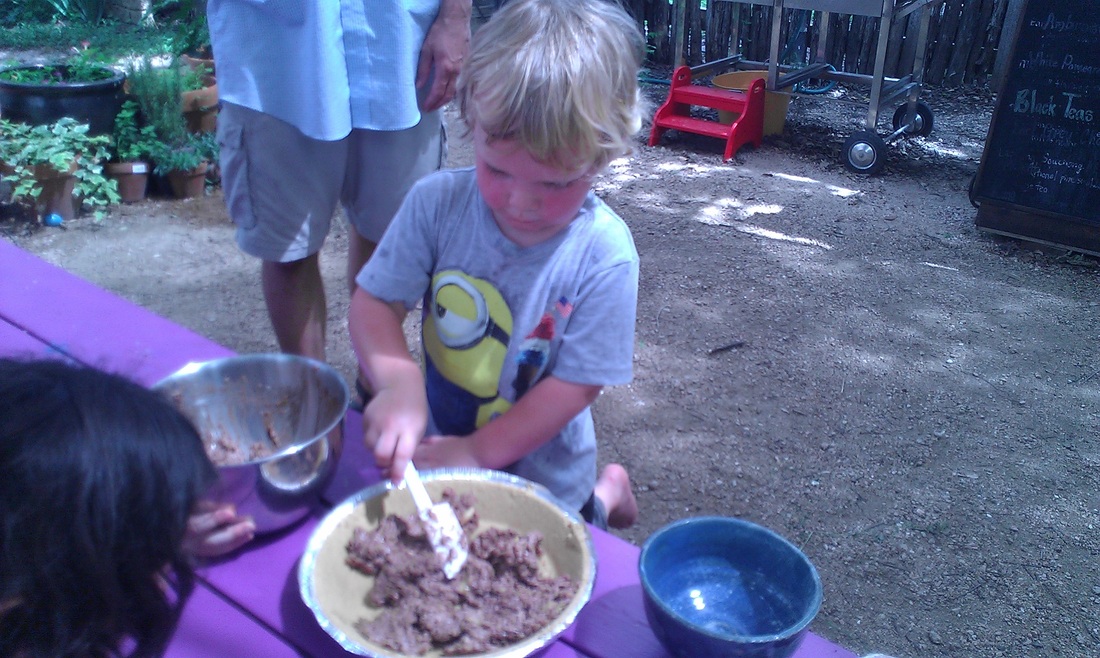
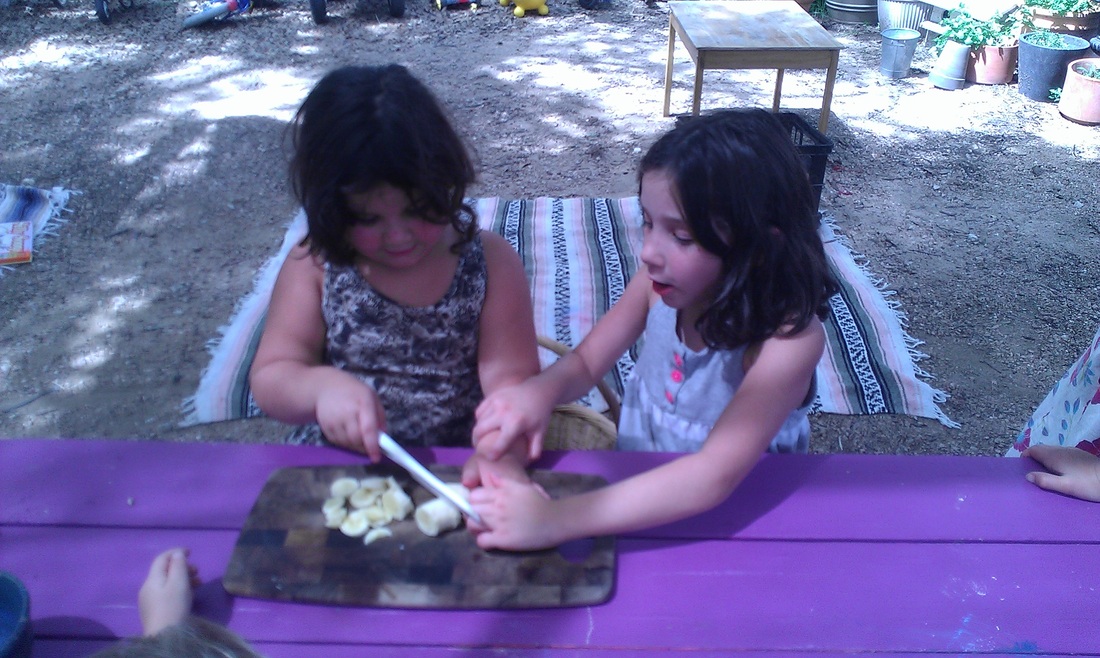
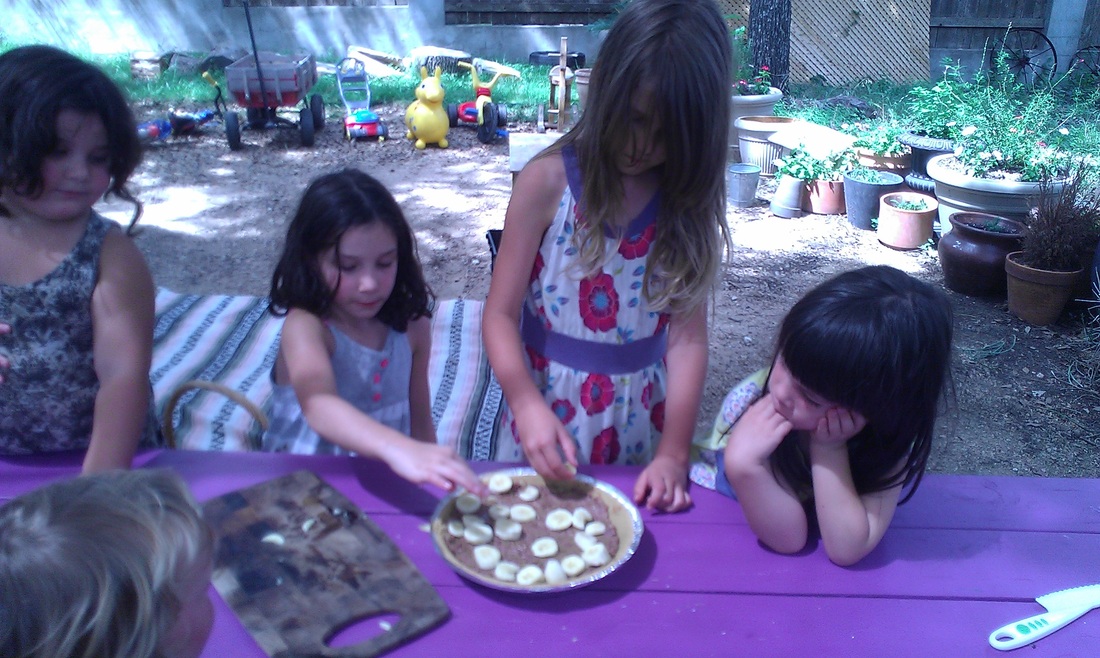
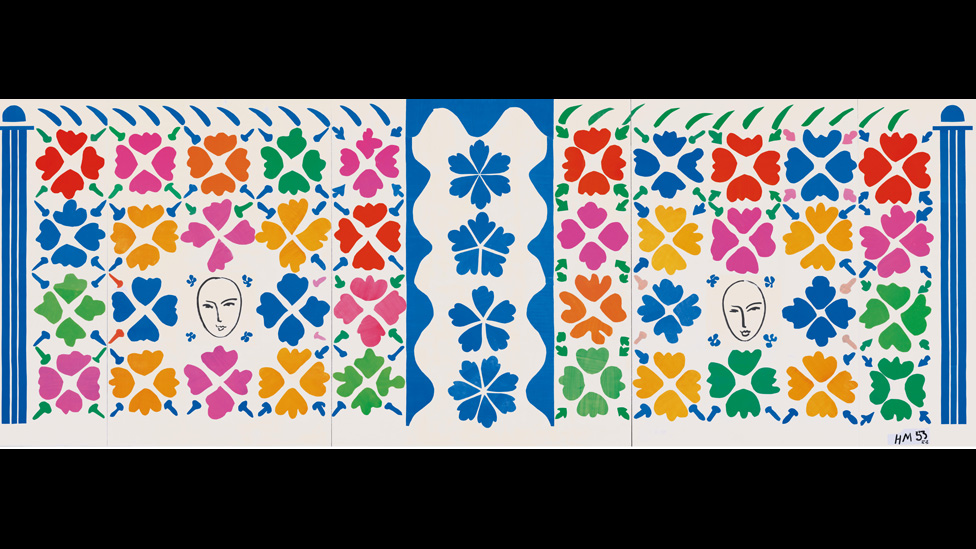
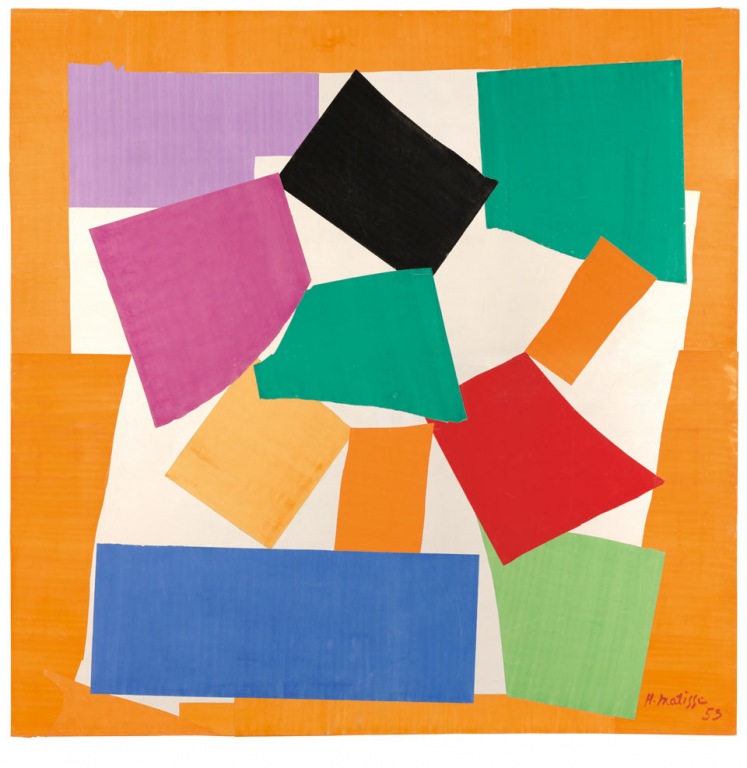
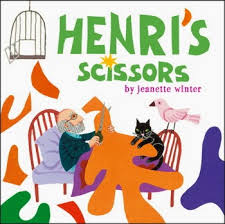
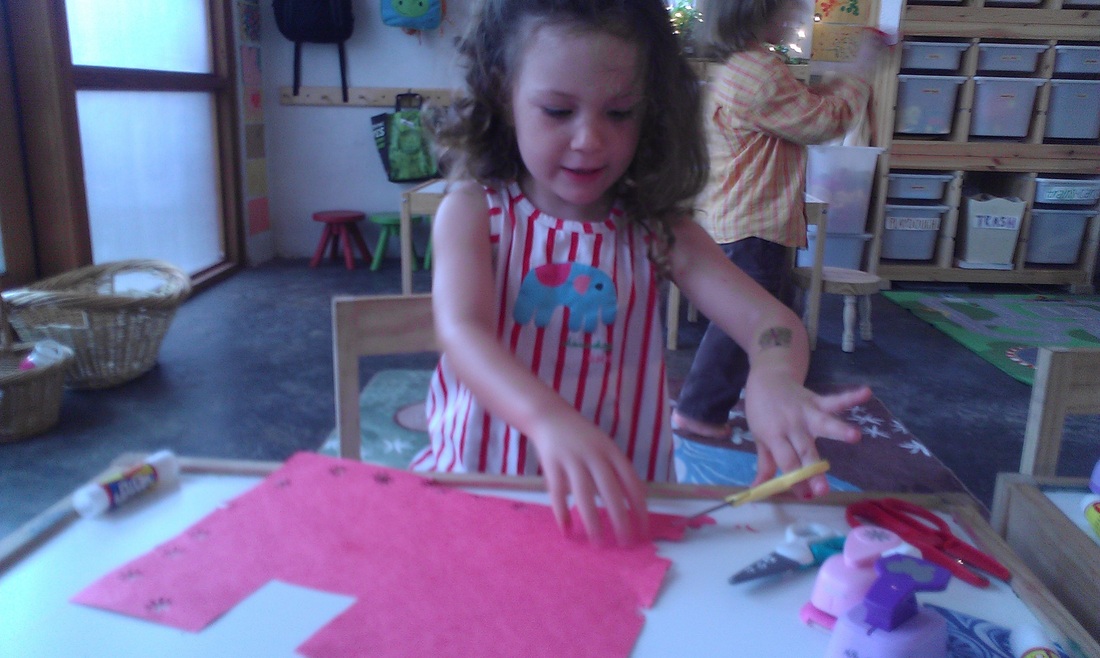
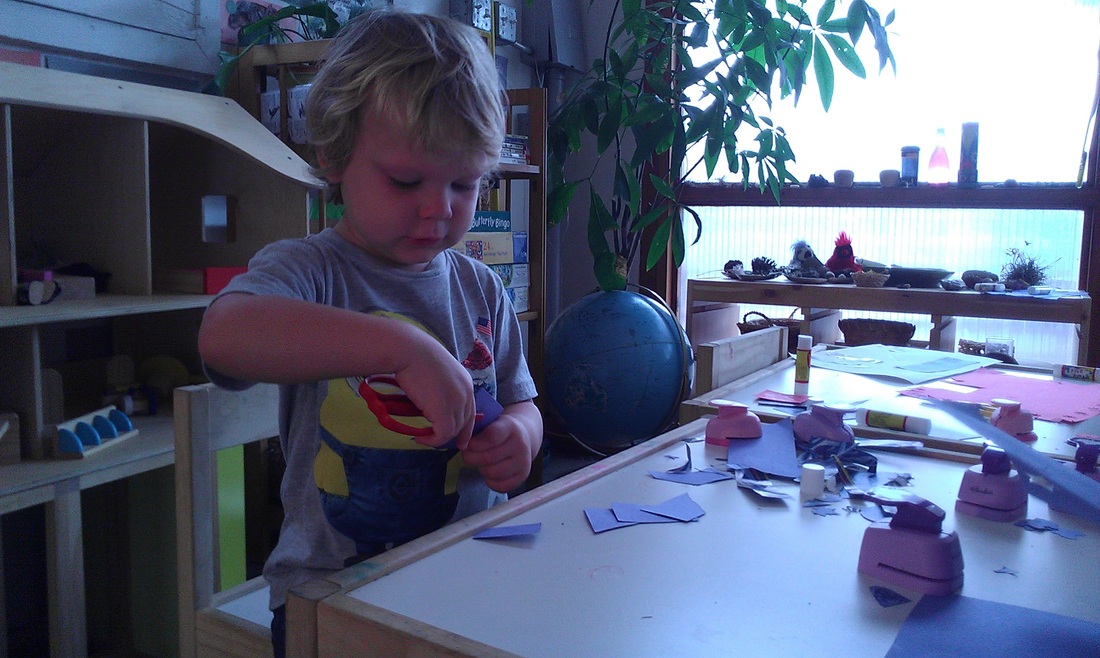
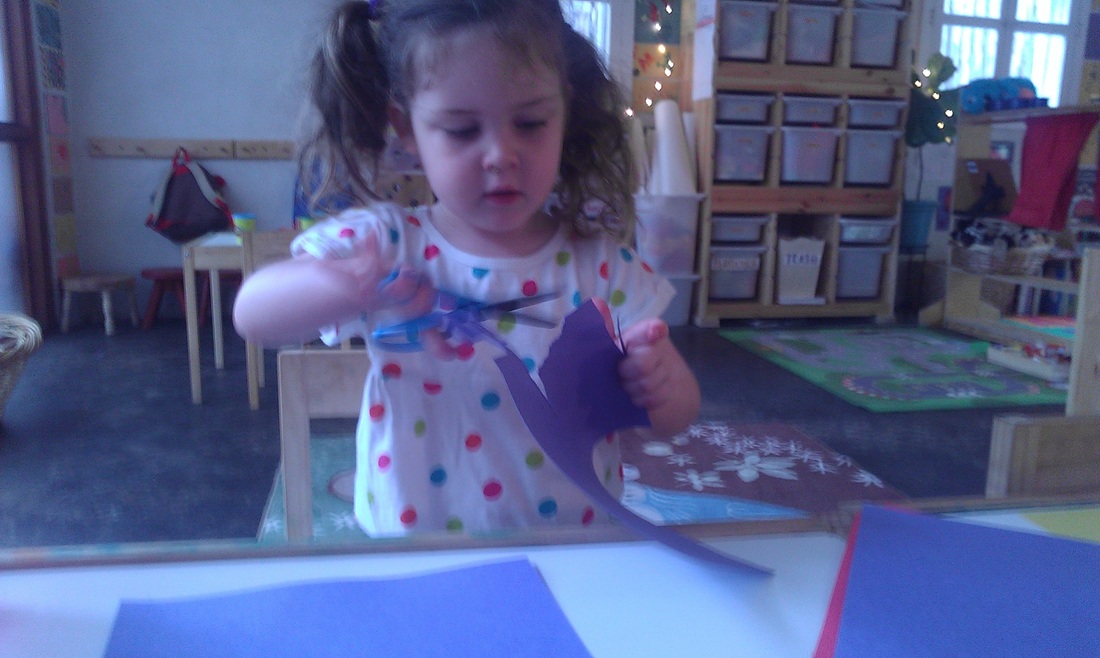
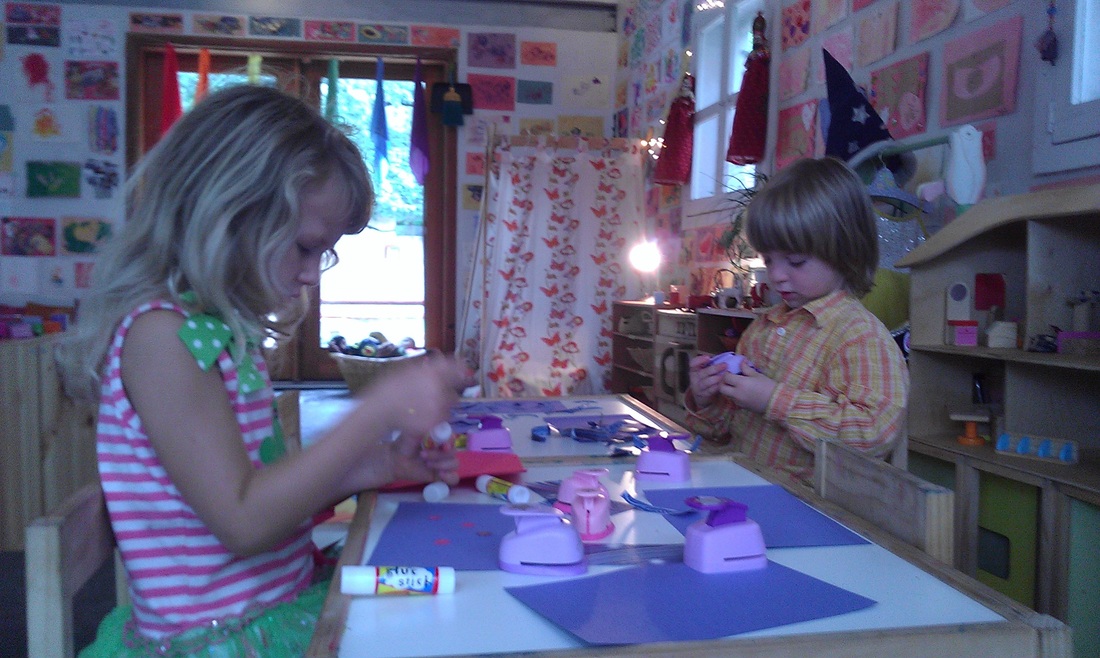
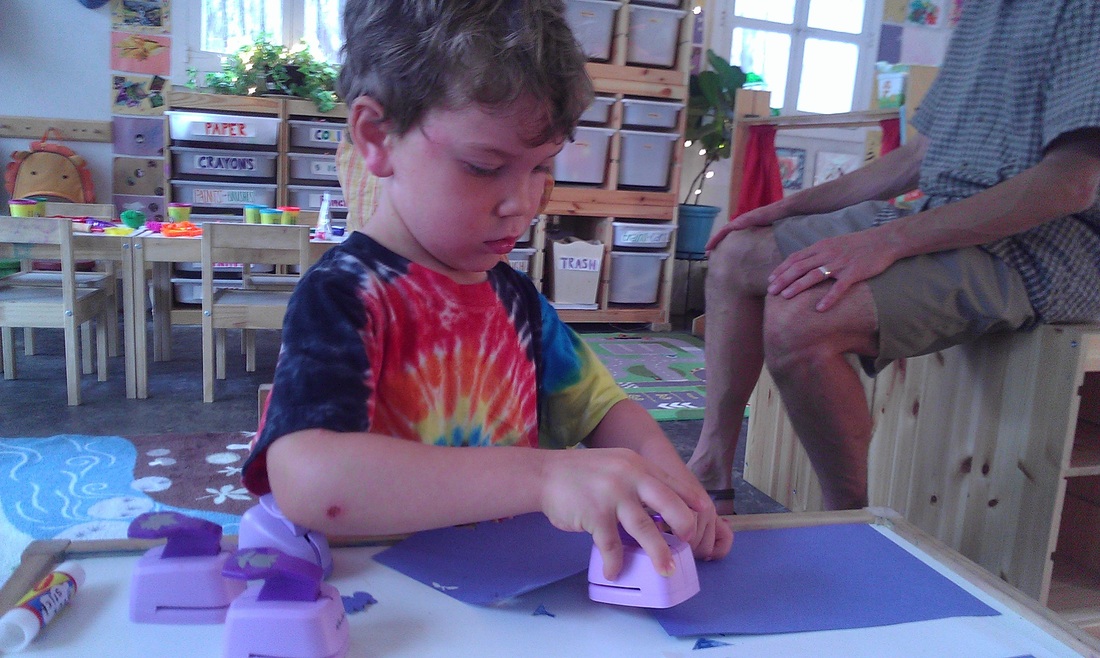
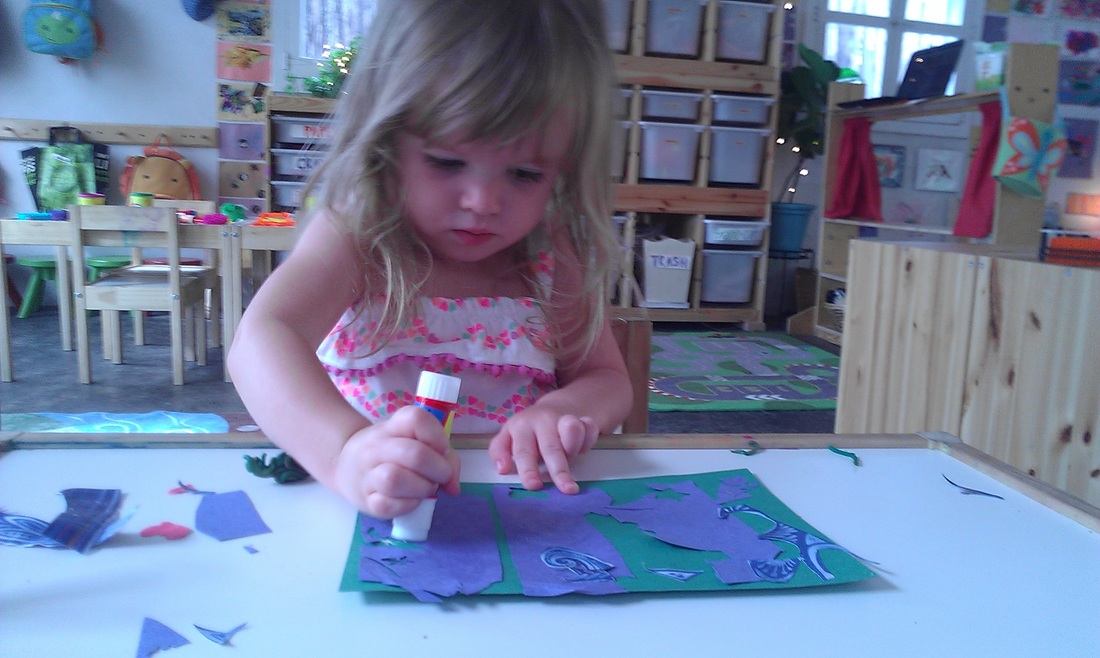
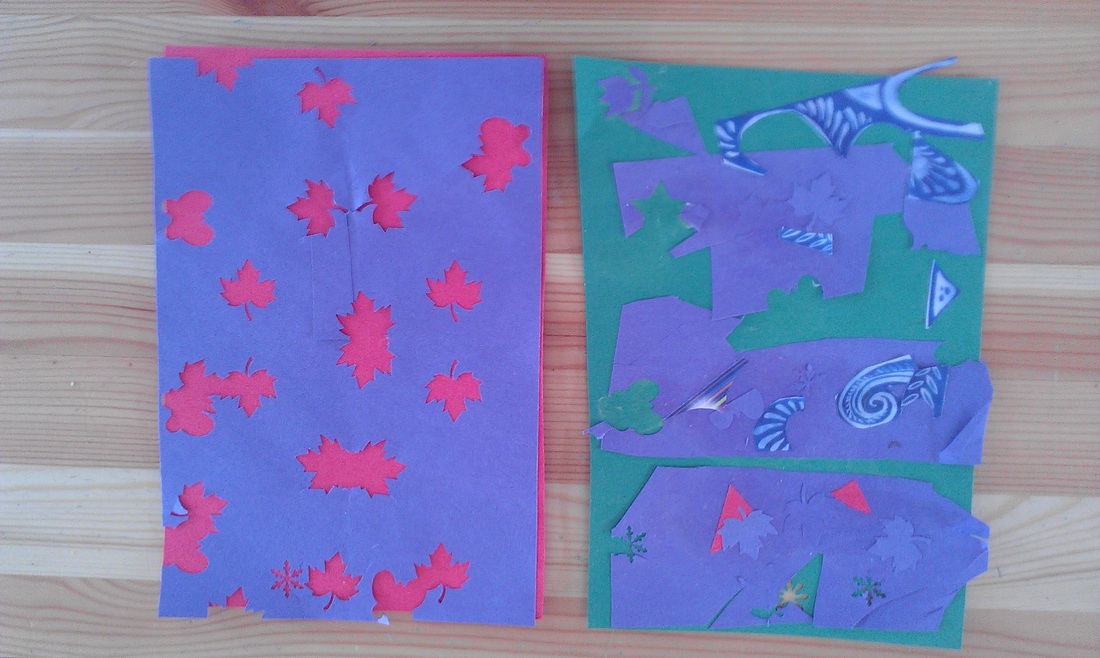
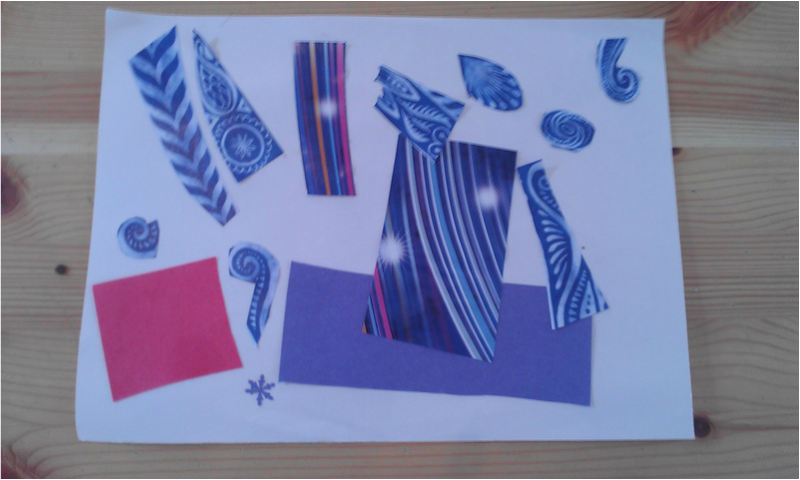
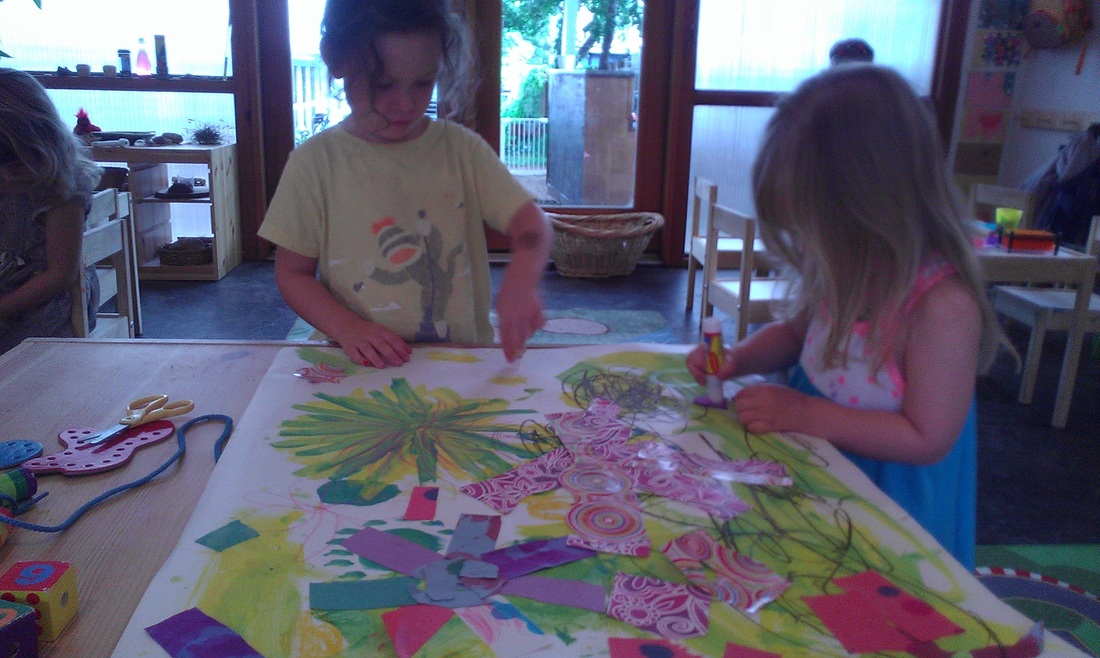
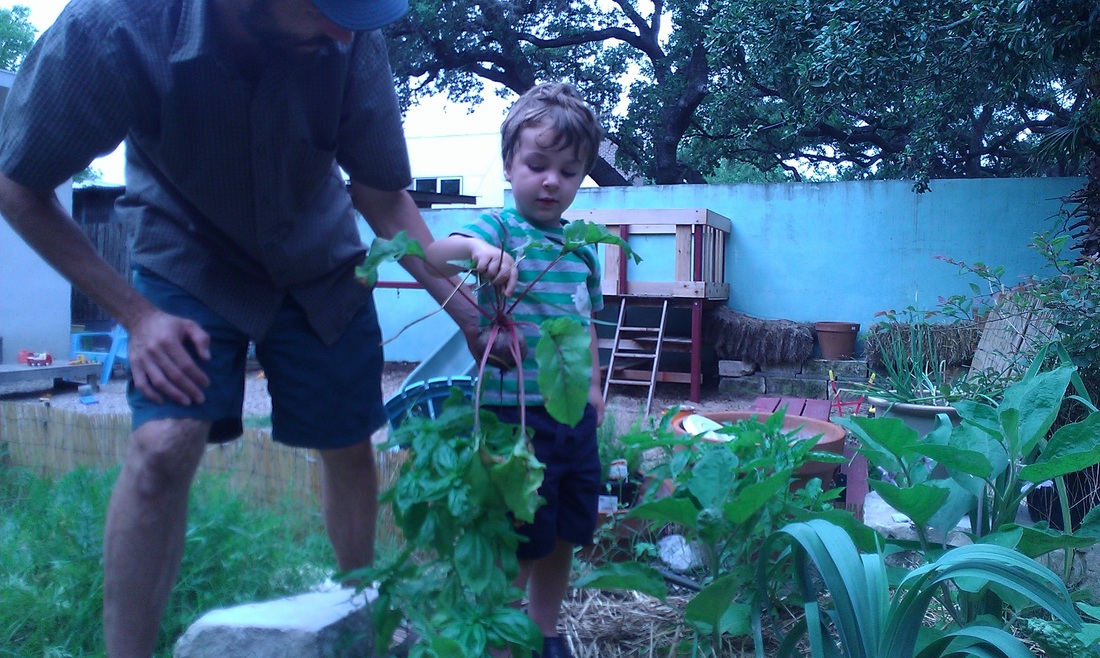
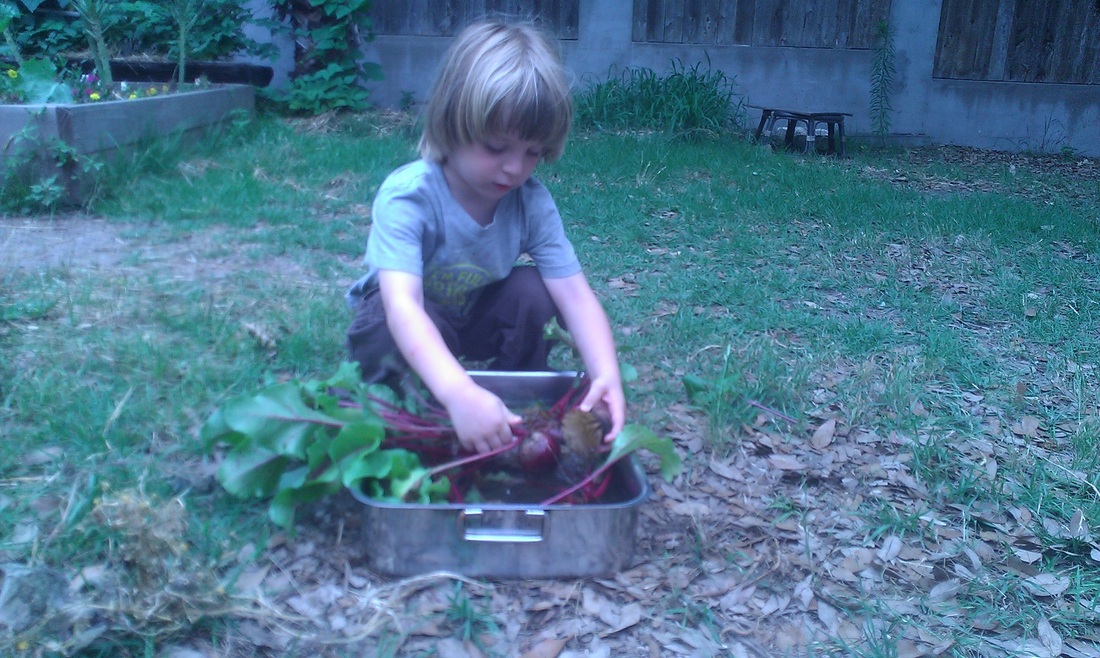
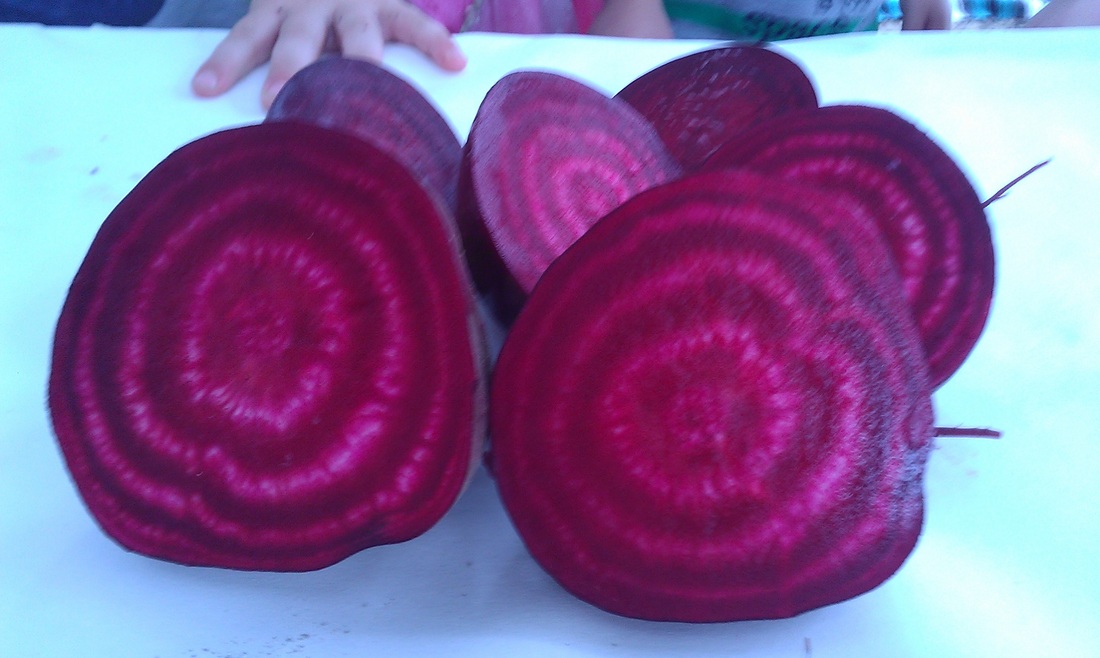
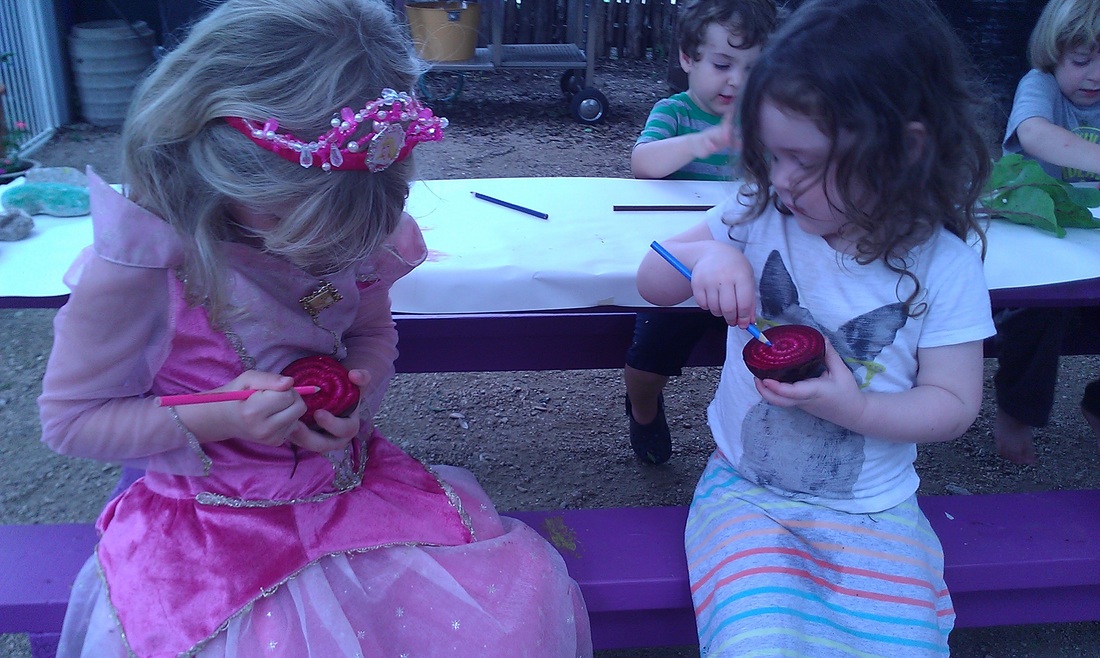
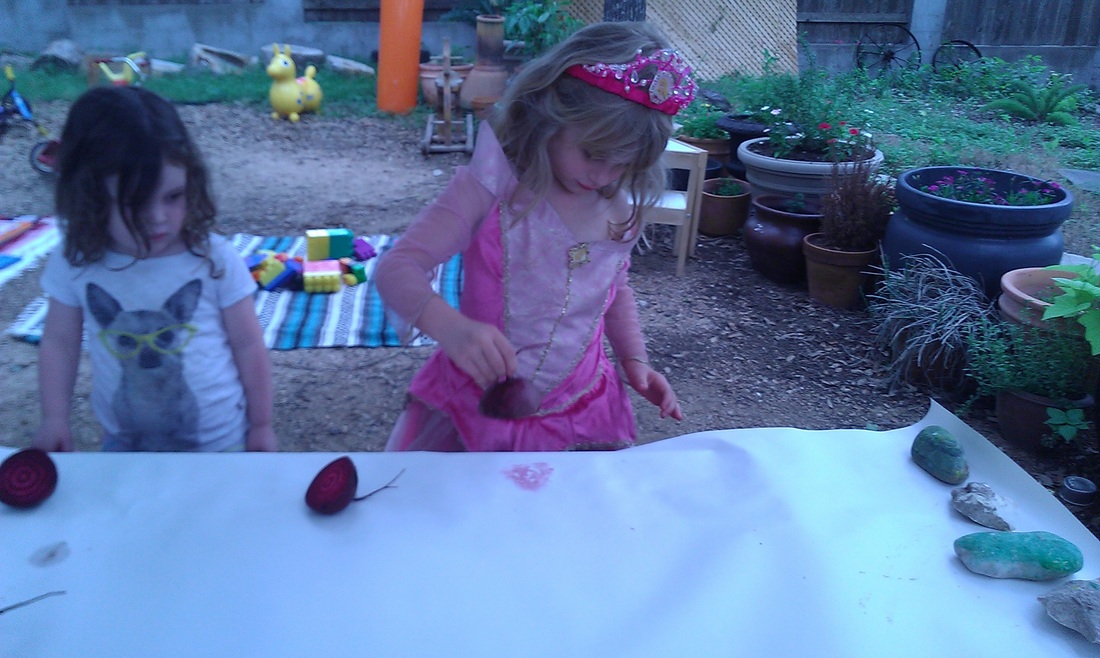
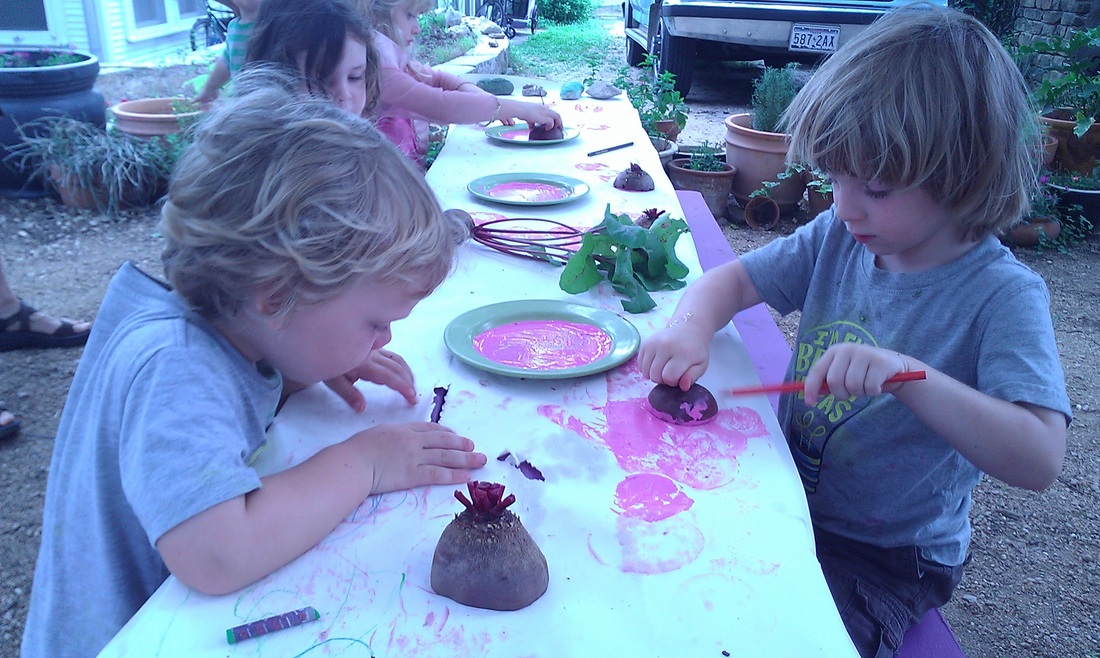
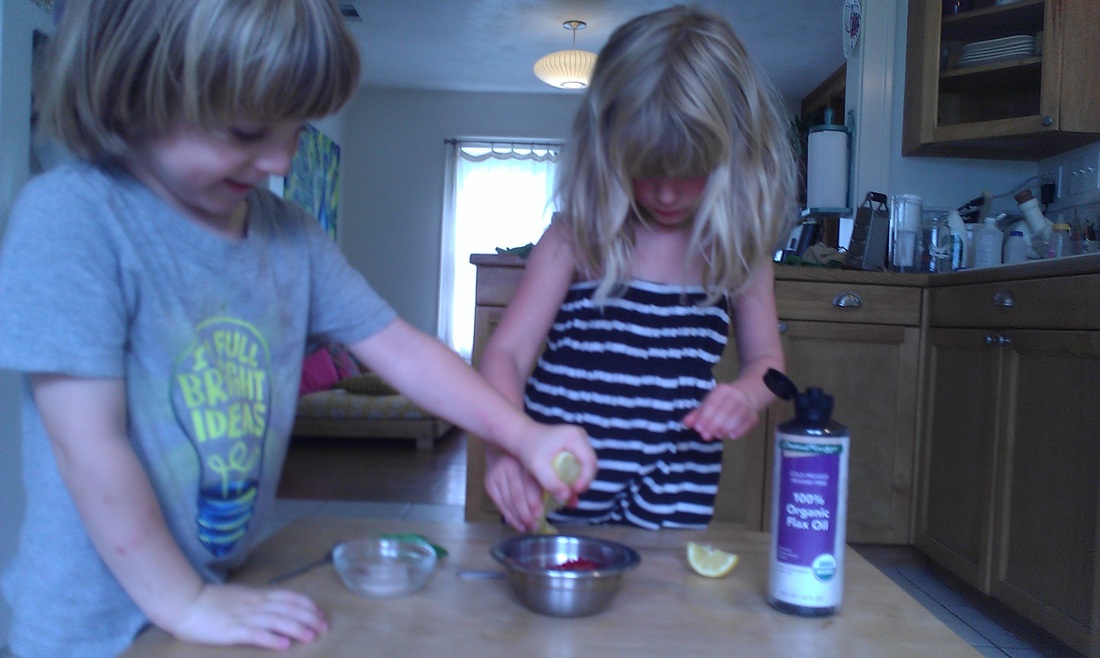
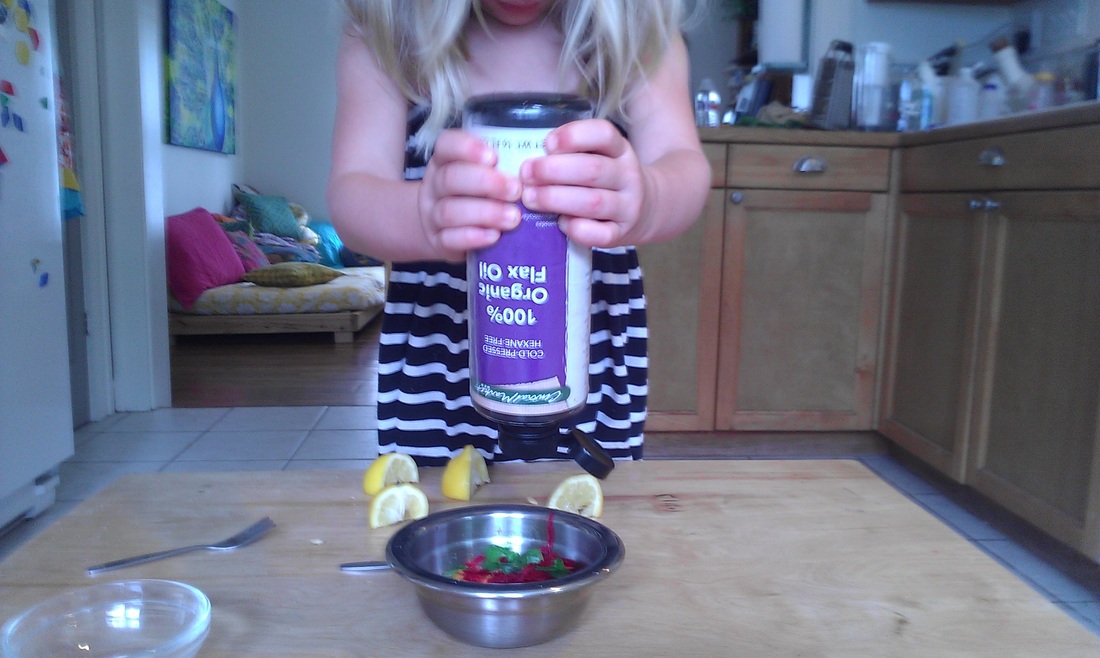

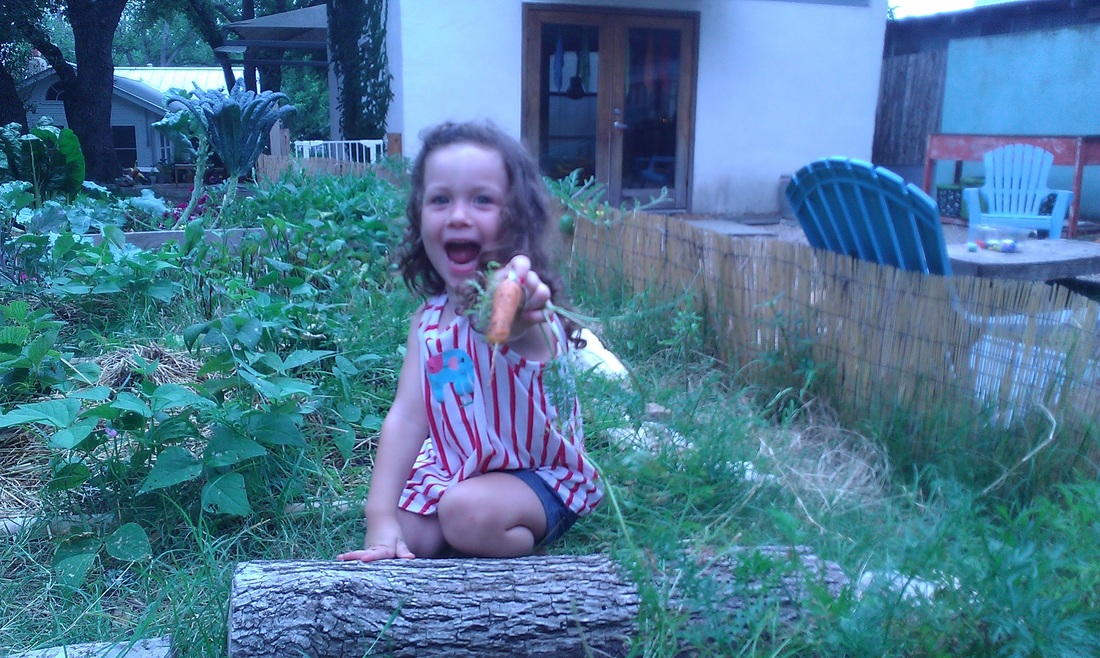
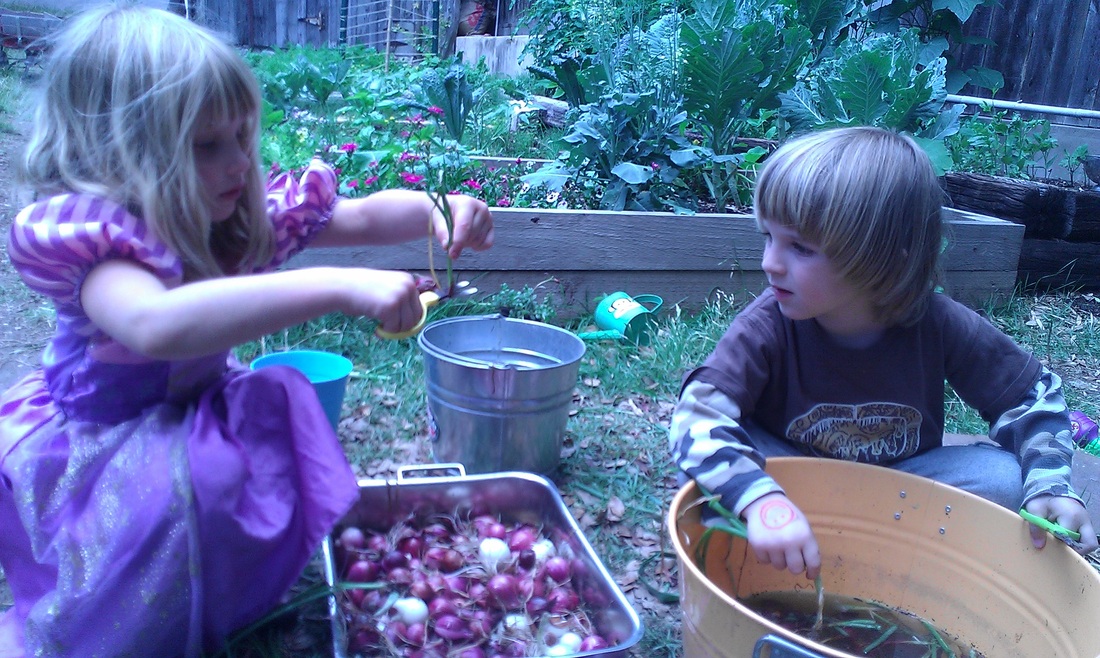
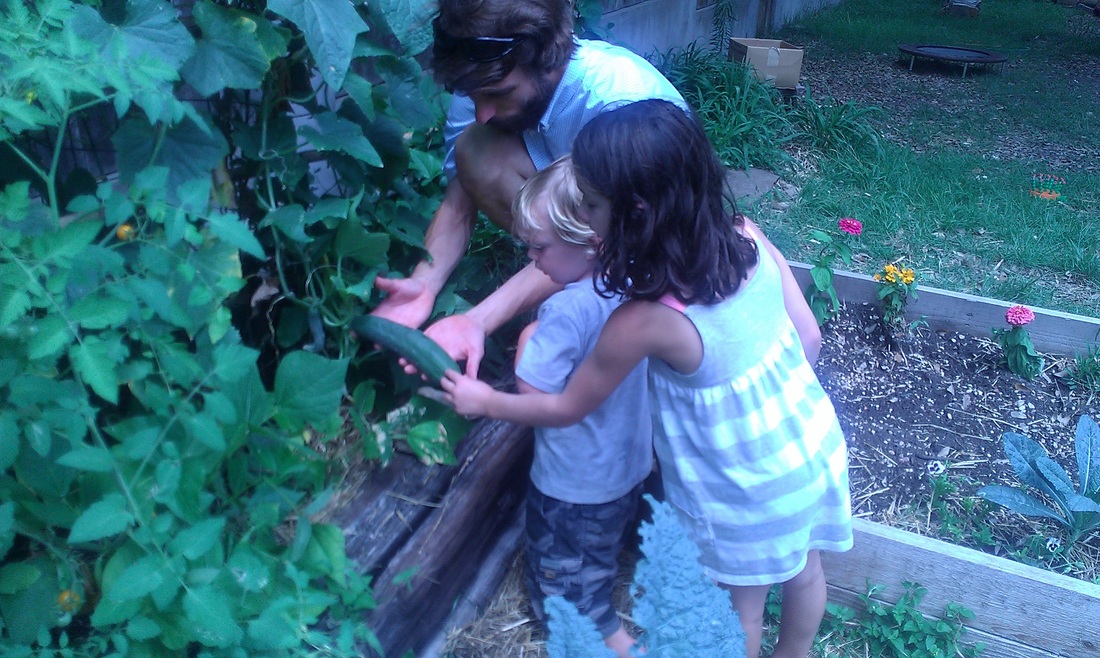
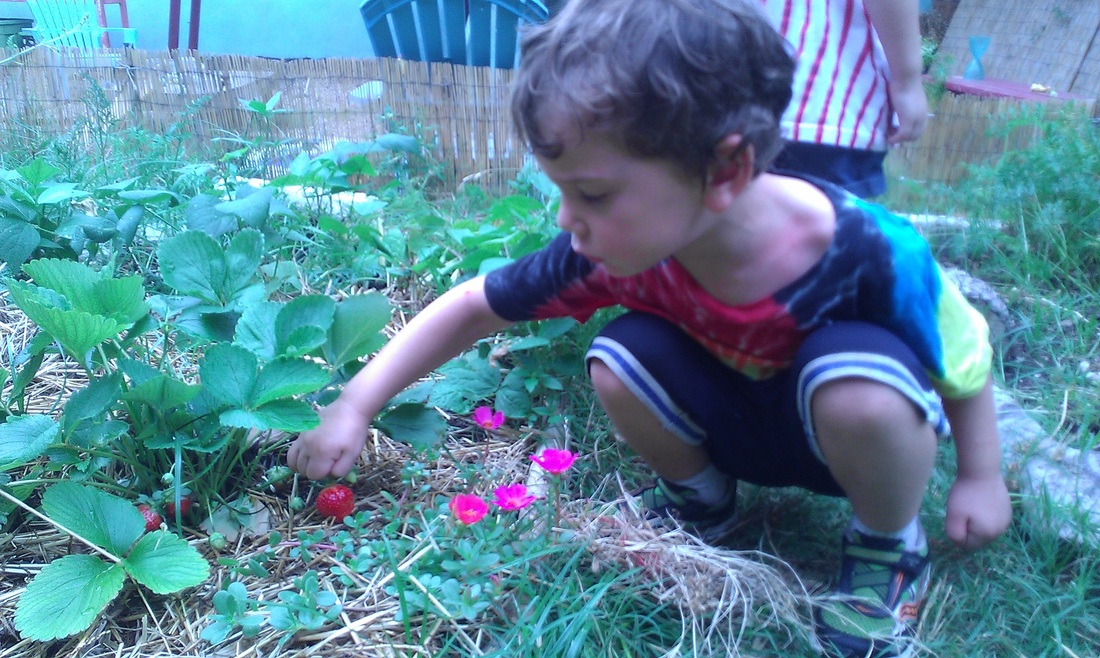
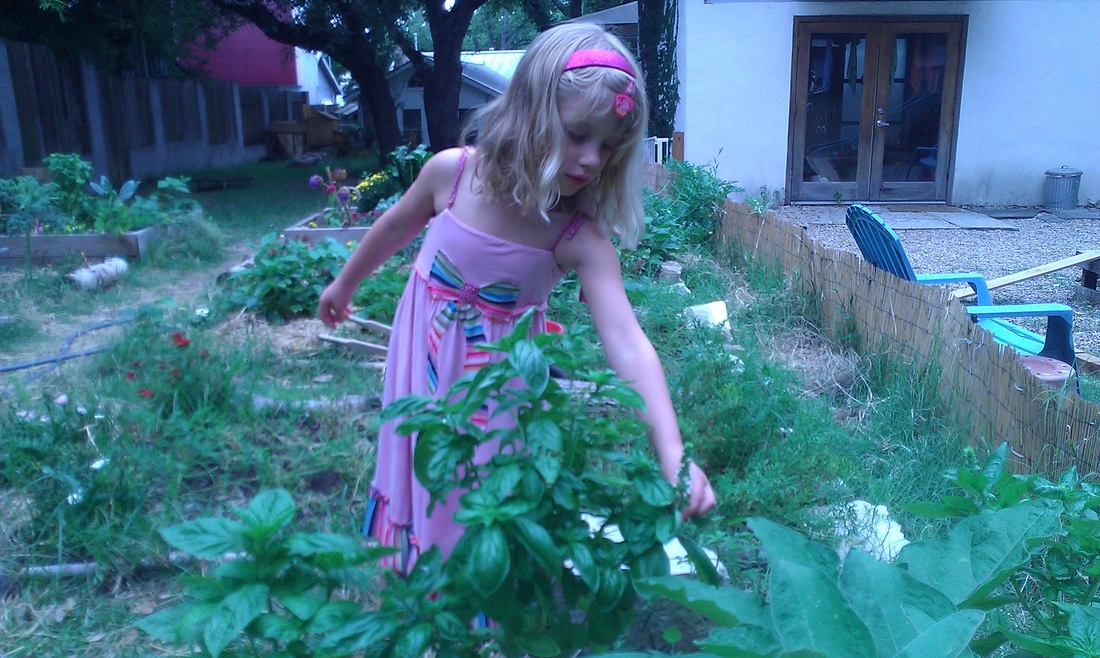
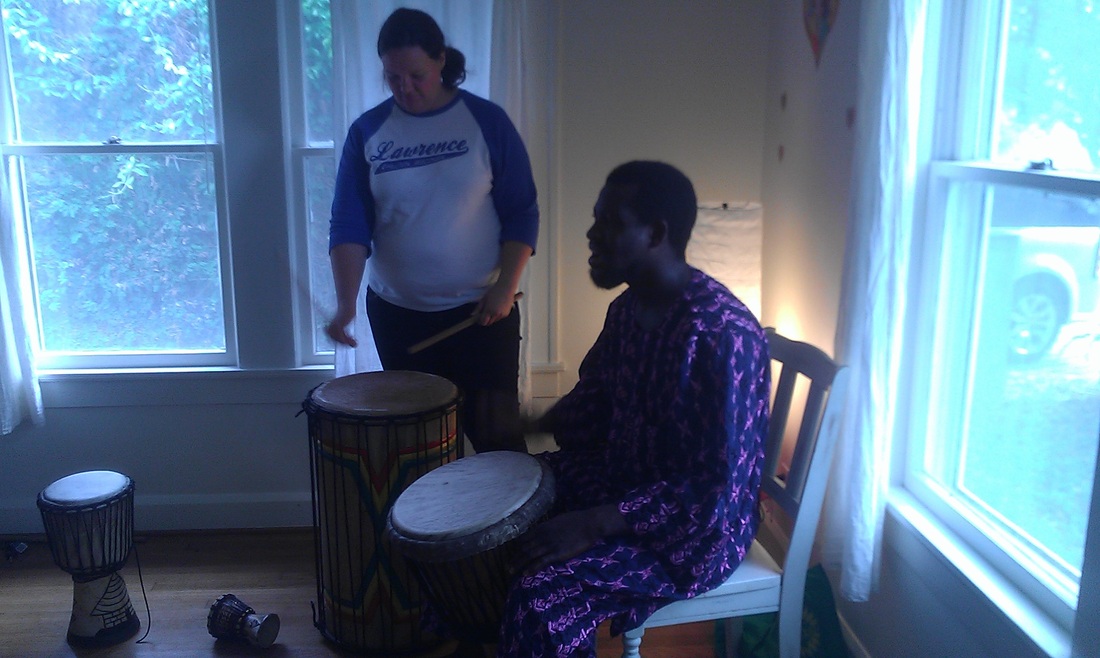
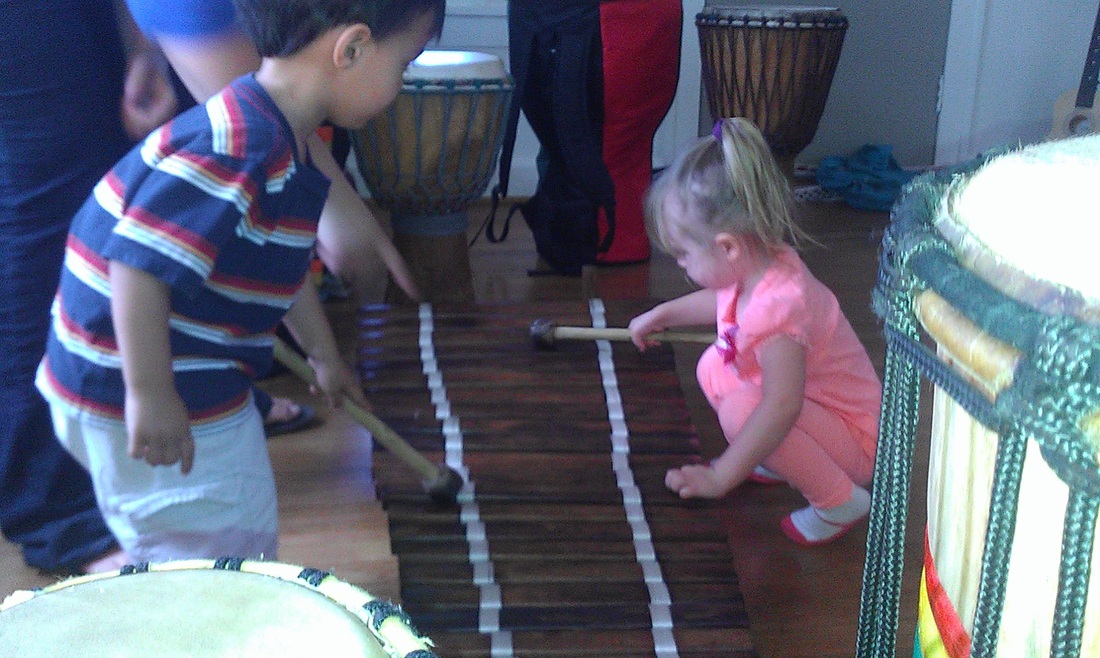
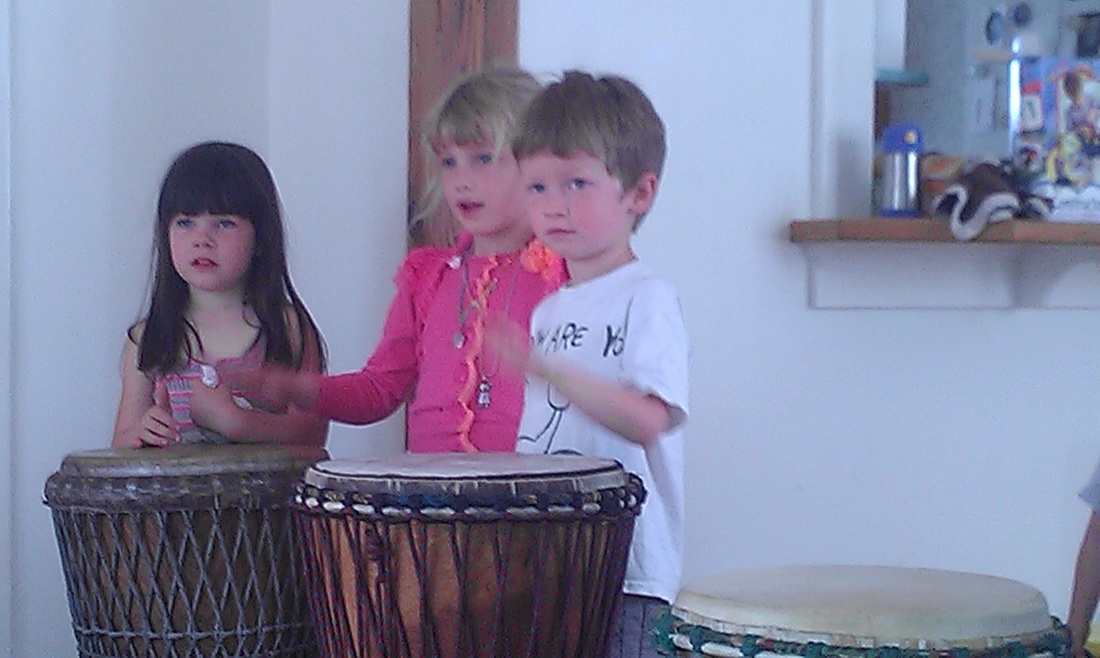
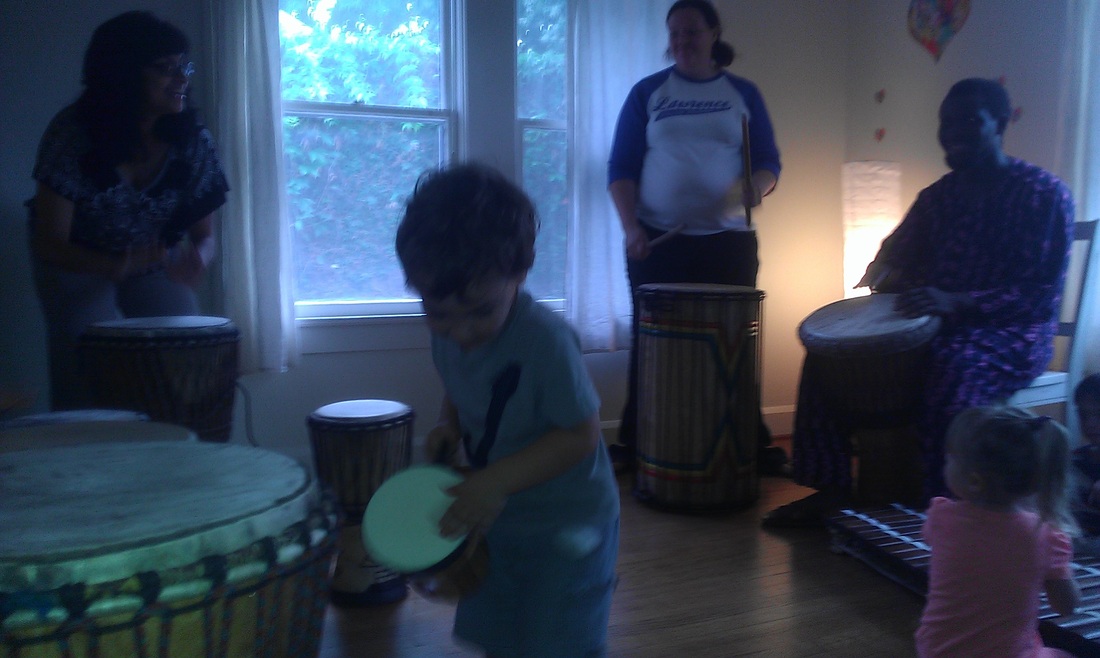
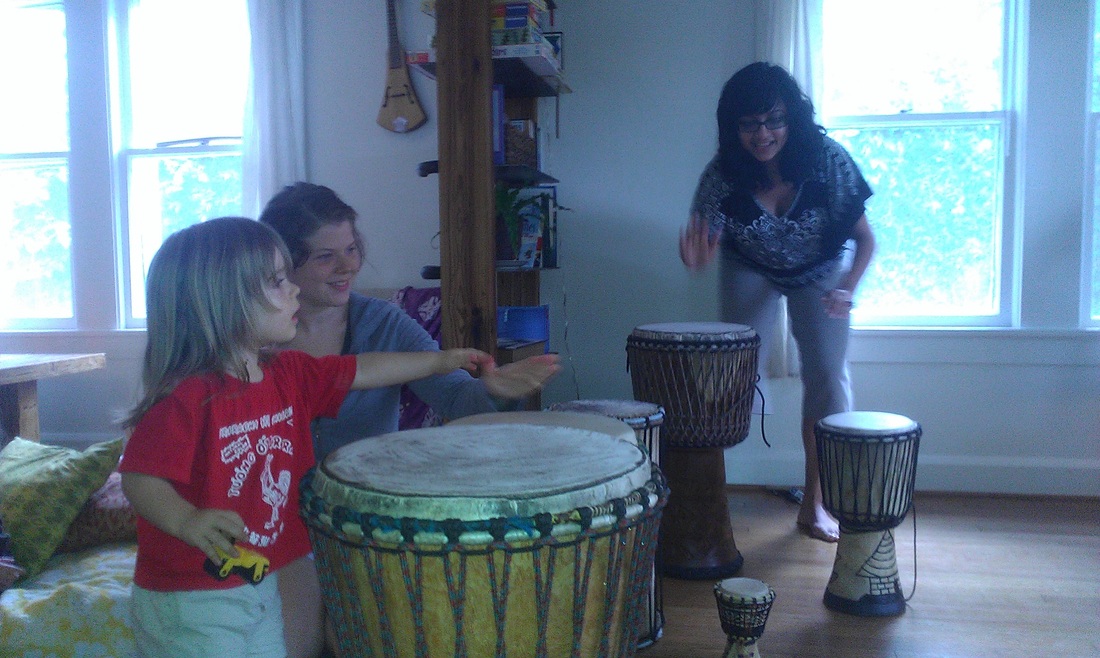
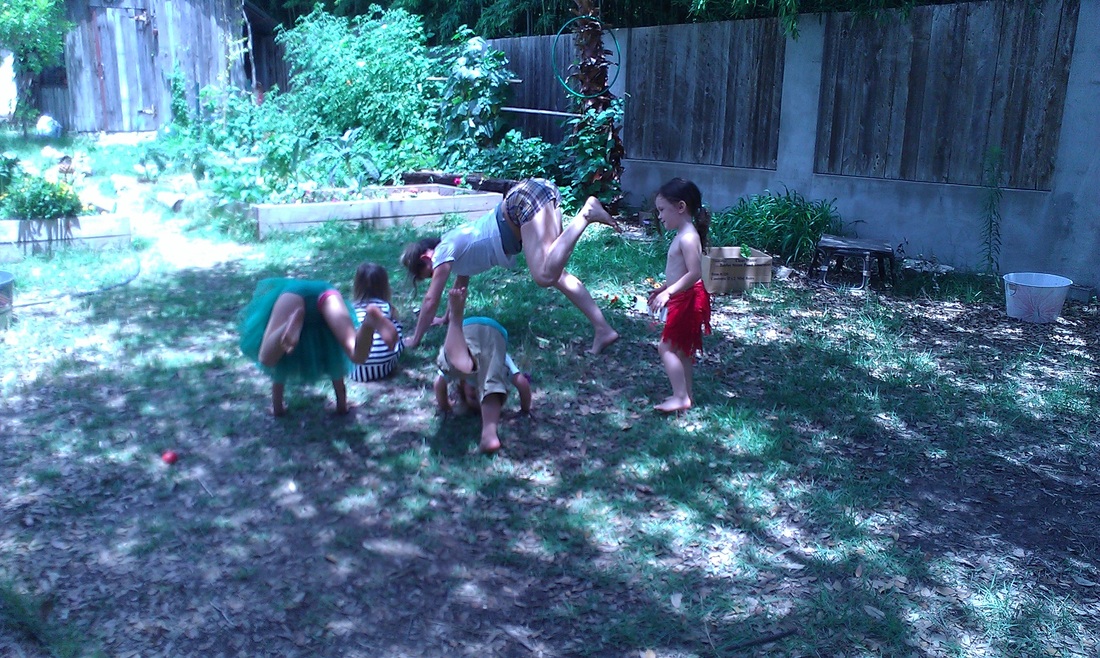
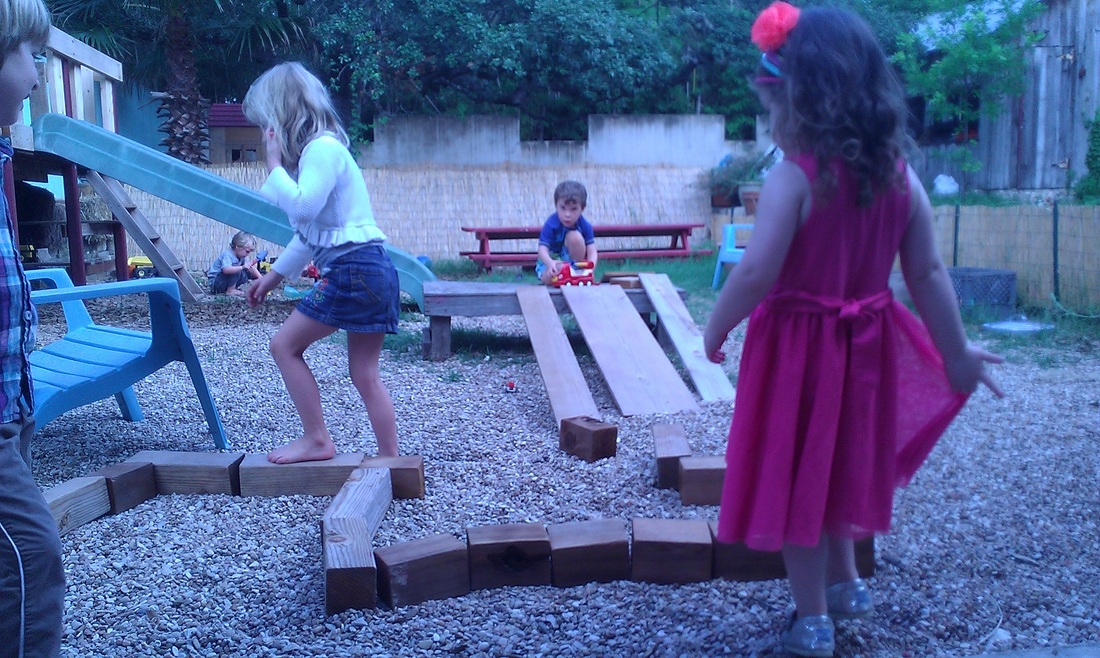
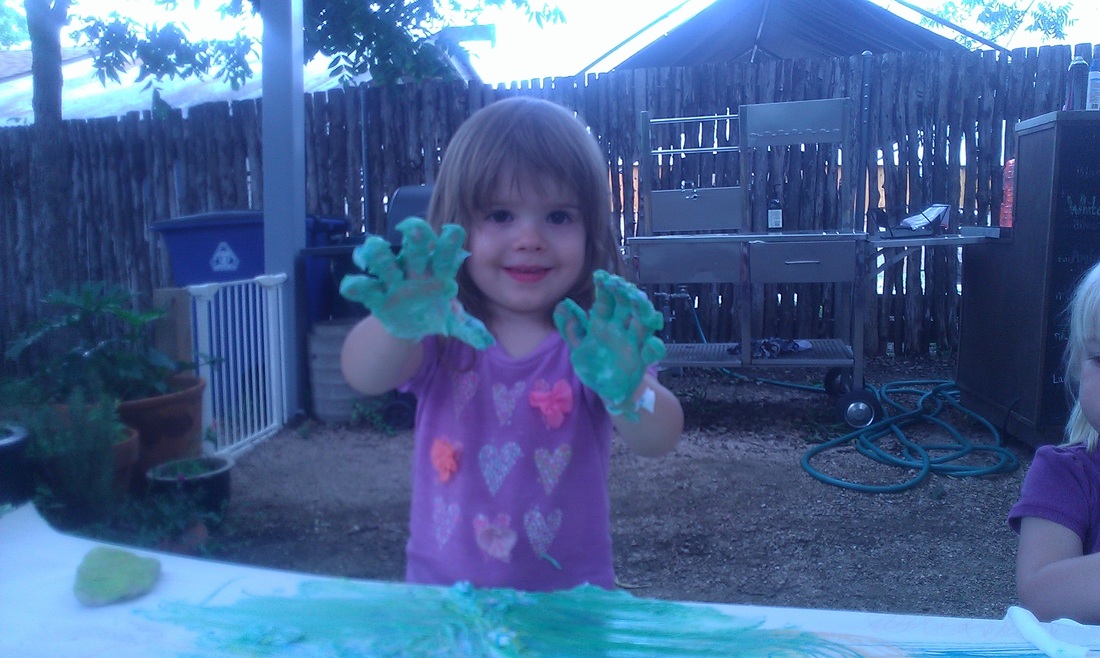
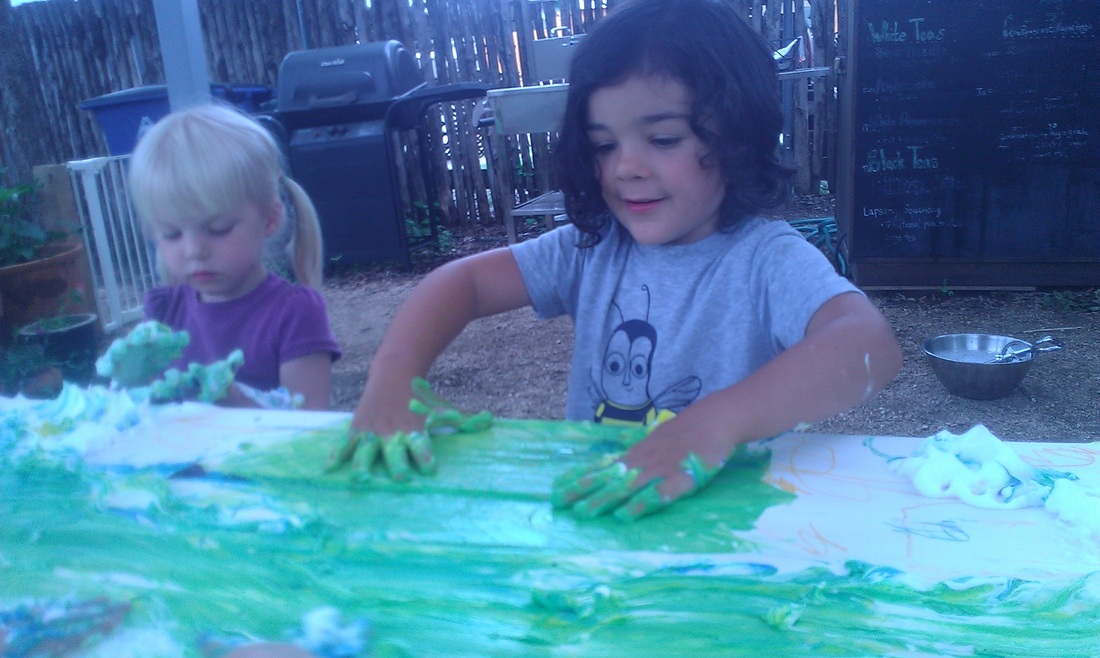
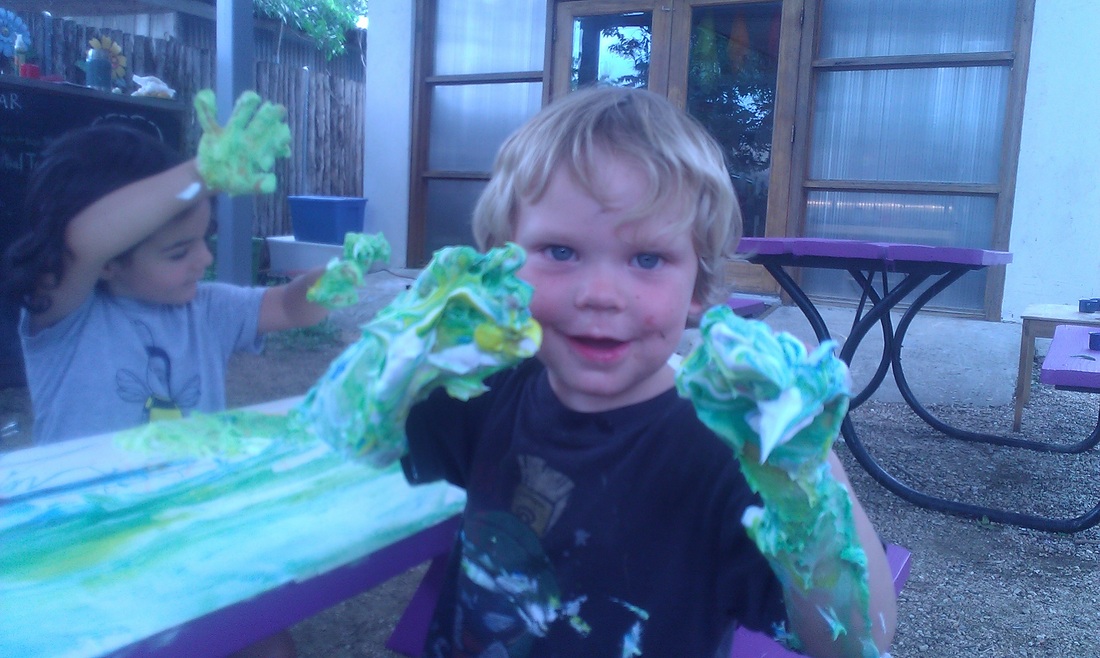
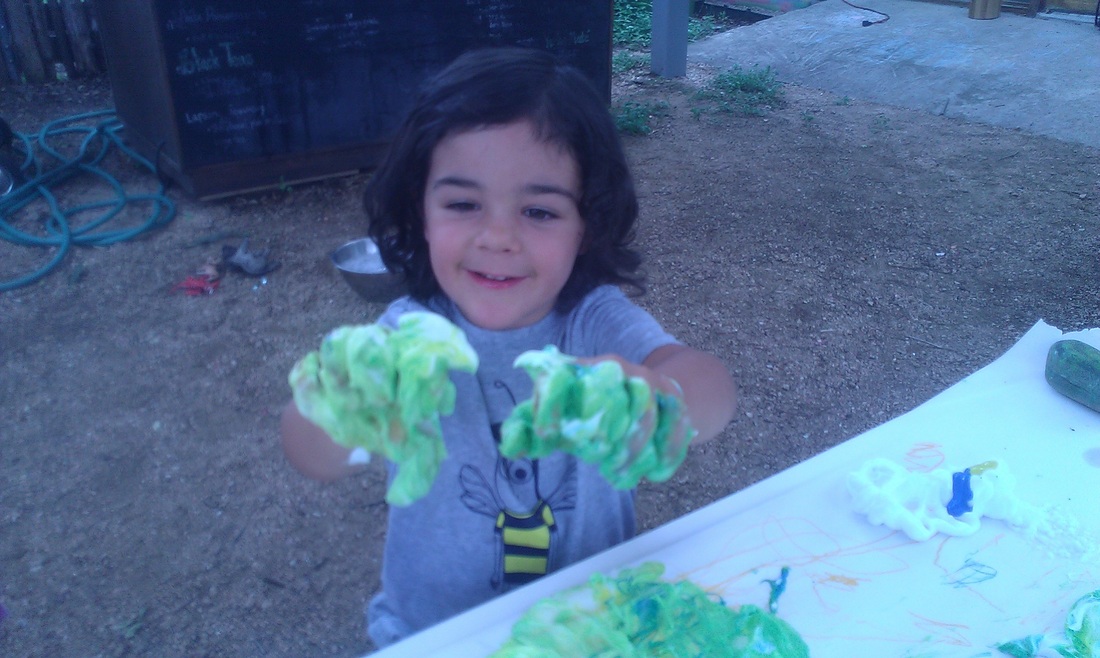
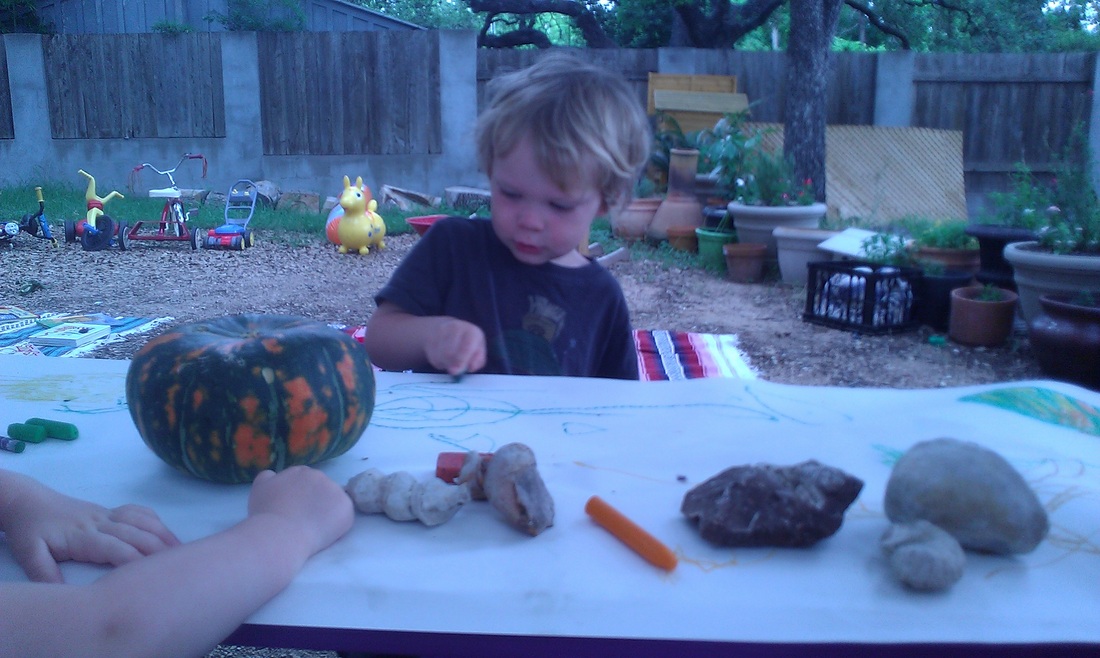
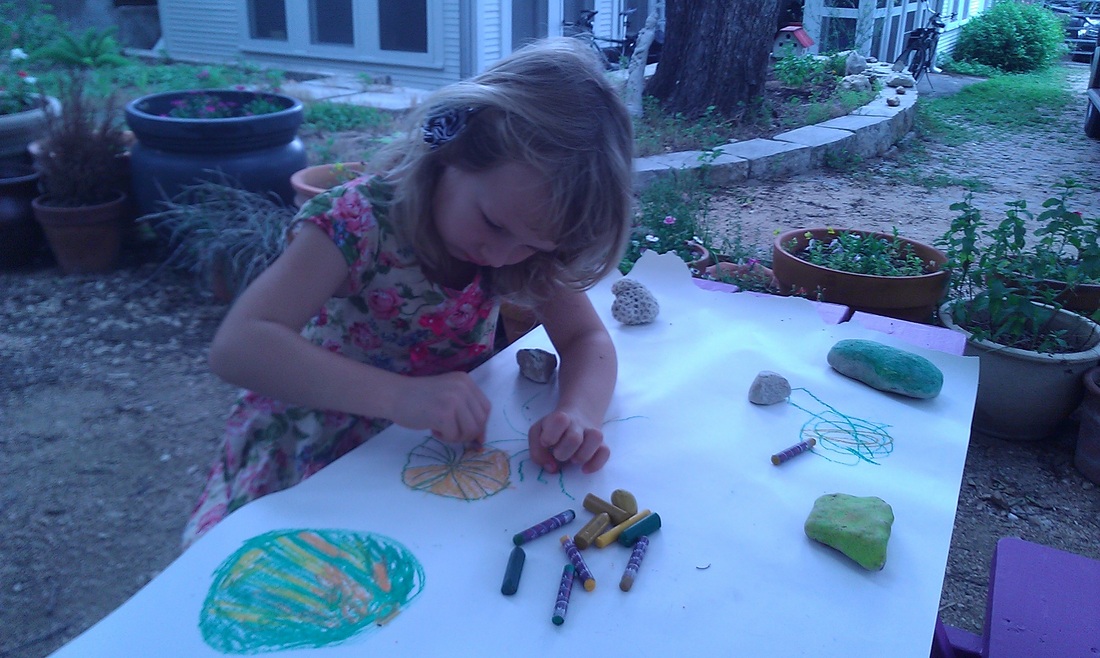
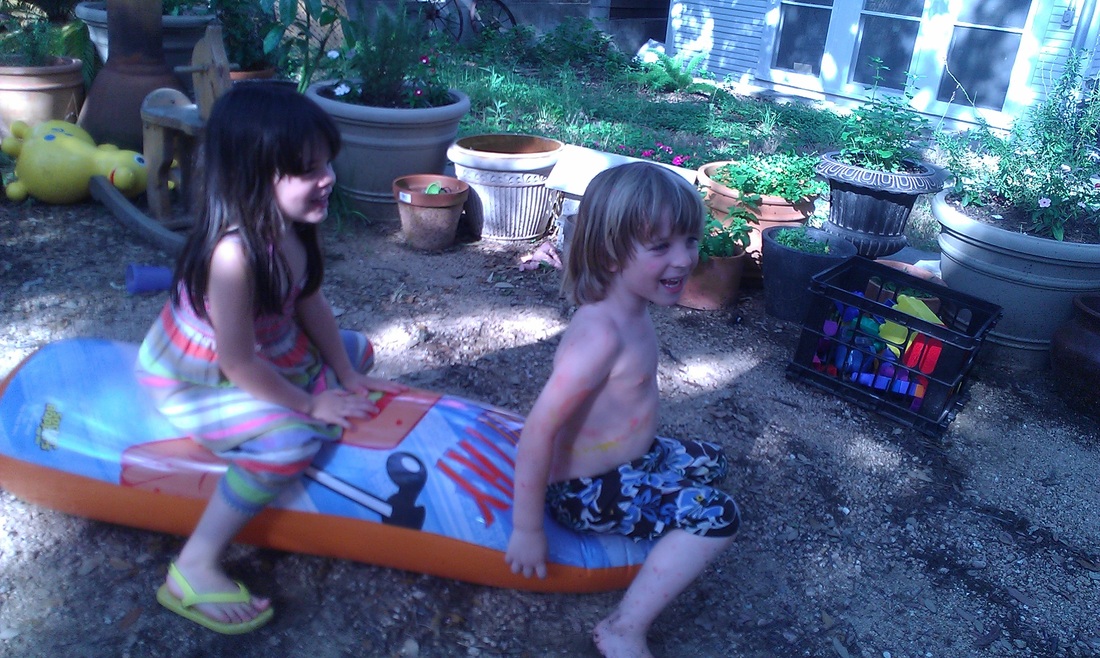
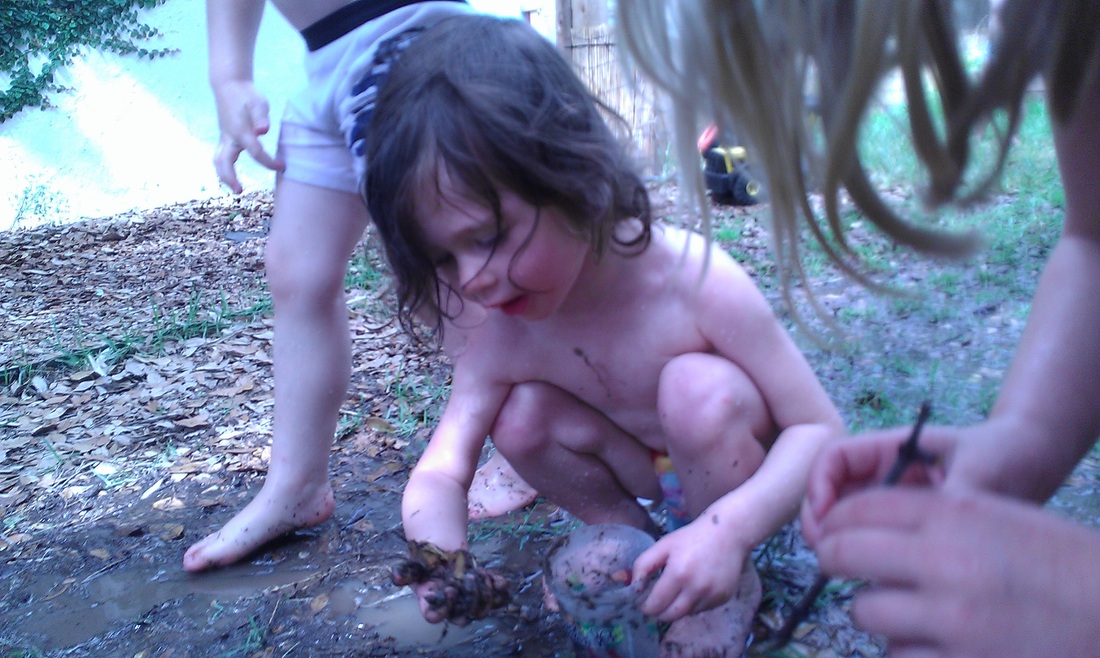
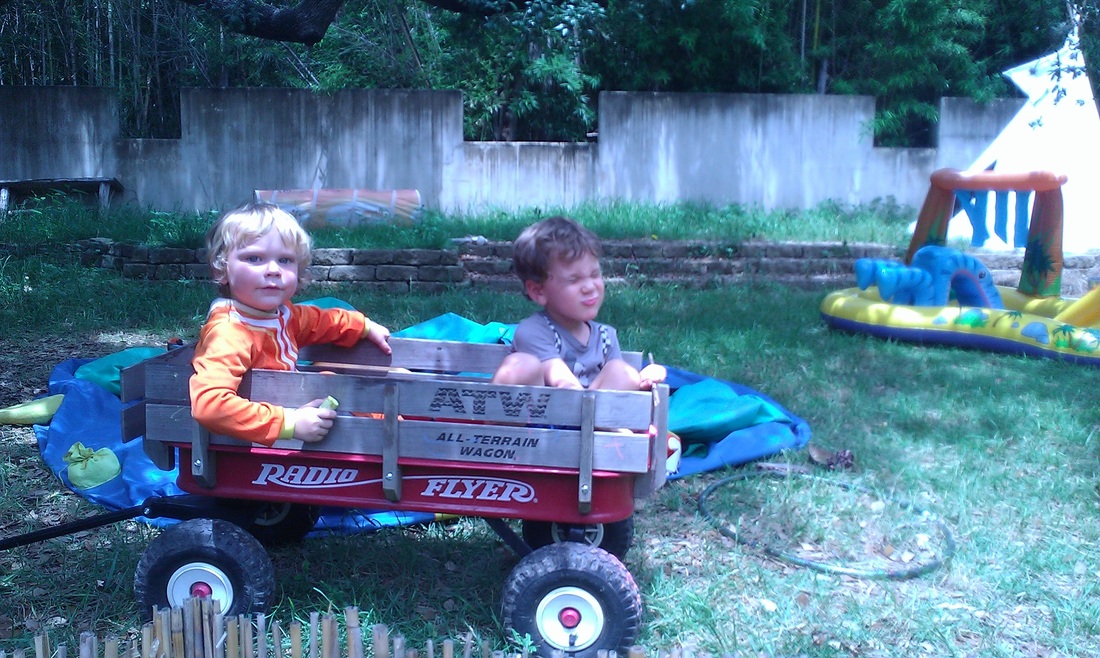
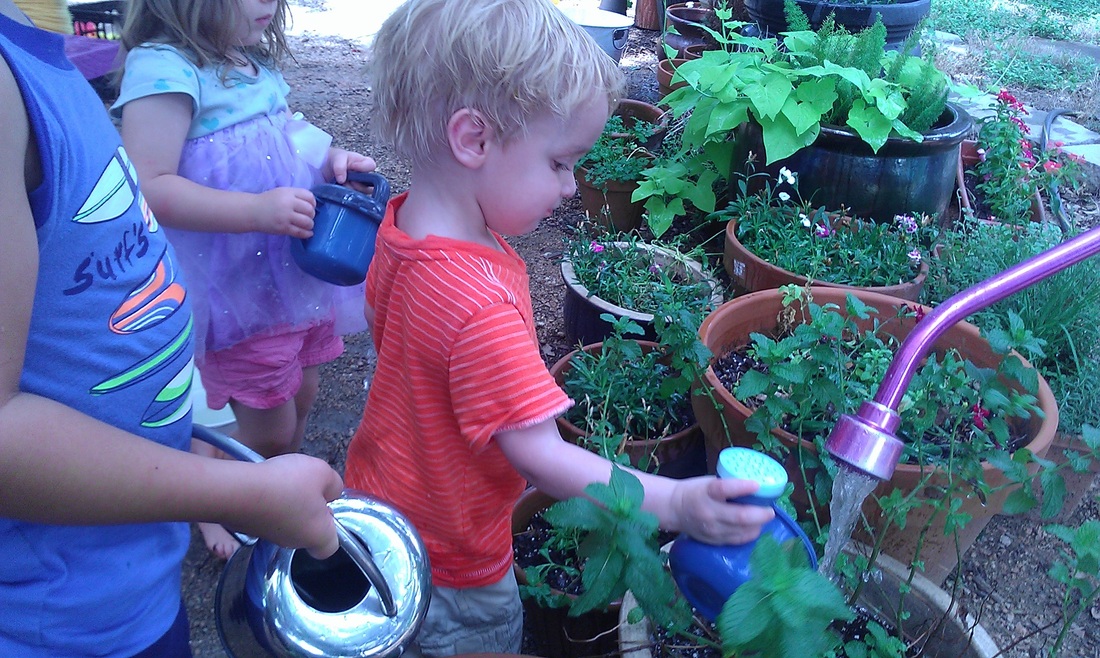

 RSS Feed
RSS Feed